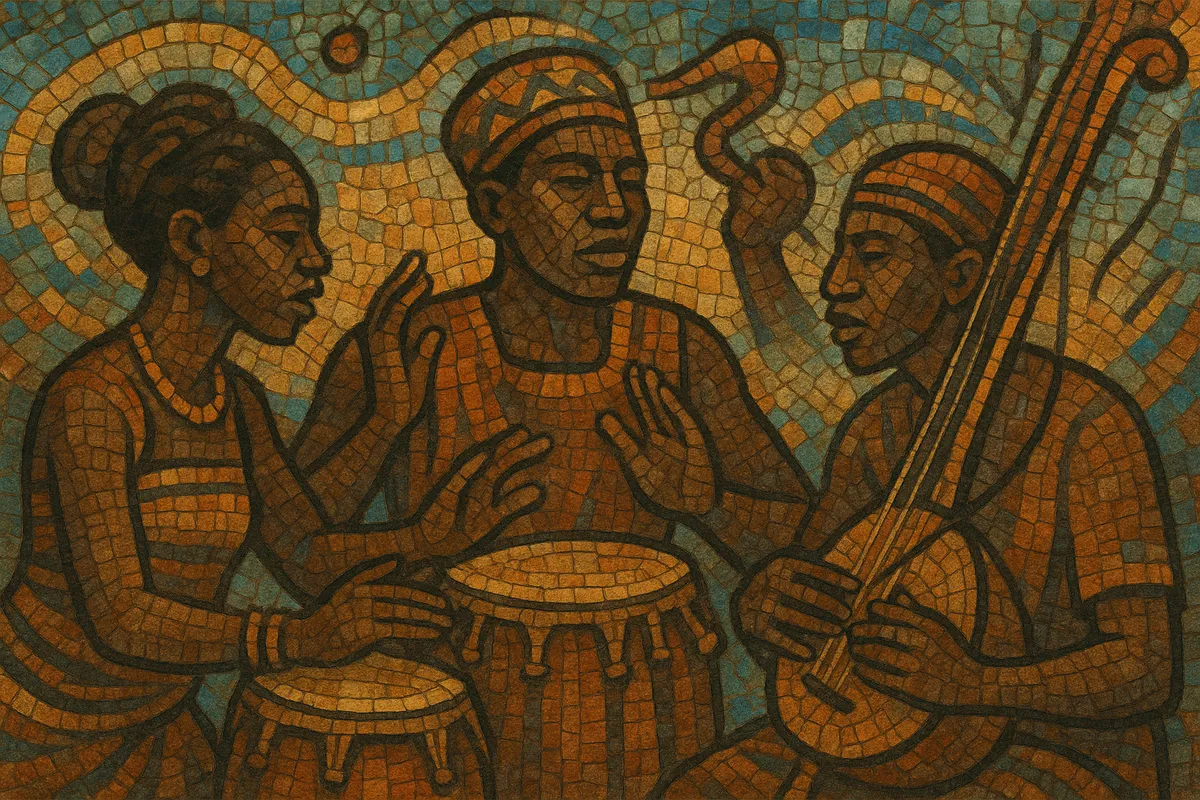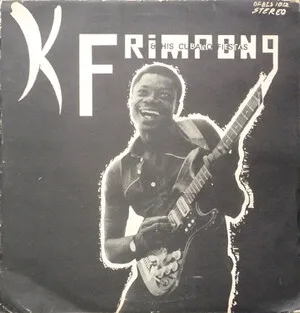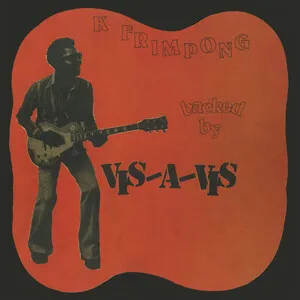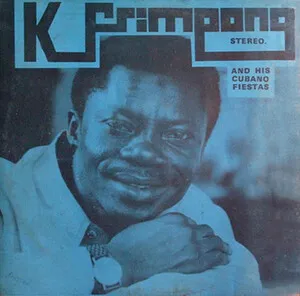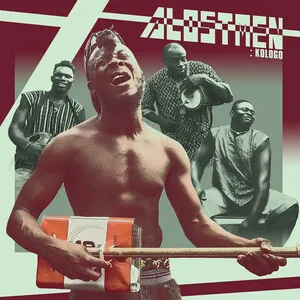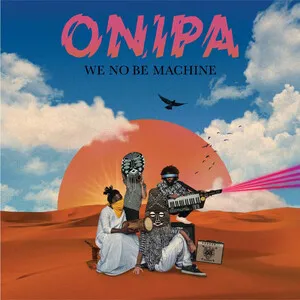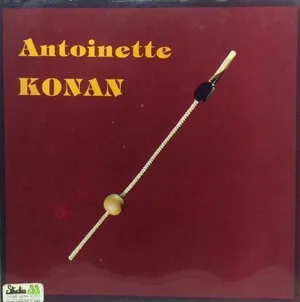Akan music refers to the traditional and contemporary musical practices of the Akan peoples of Ghana (and adjacent areas of Côte d’Ivoire). It centers on polyrhythmic percussion, call-and-response vocals, drum speech, and dance, and it functions as an integral part of social life—marking royal occasions, funerals, festivals, and community recreation.
Core ensembles feature interlocking drum parts coordinated by a bell timeline and rattles, with lead and responsorial singing in Twi or Fante. Court and ceremonial genres such as kete and fontomfrom highlight royal prestige and drum language on atumpan (talking drums), while community forms like adowa (a women-led funeral/recreational music-dance) and nnwomkro (recreational chorus singing) emphasize social cohesion. String timbres from the seprewa (Akan harp-lute) and occasional ivory/metal horns add melodic color.
Over time, Akan musical aesthetics—especially 12/8 bell patterns, cross-rhythms, proverbial lyricism, and tonal speech rhythms—shaped modern Ghanaian styles, influencing palm-wine guitar music, dance-band and guitar-band highlife, and later hiplife and azonto.
Akan musical practice predates the rise of the Ashanti Empire, but the 18th–19th centuries saw strong courtly codification. Royal ensembles such as kete and fontomfrom developed to mark state ceremony, warfare, diplomacy, and praise-singing. The atumpan talking drums, apentemma, aburukuwa, dawuro bells, and rattles articulated status and messages through drum language, while ivory and metal horns signaled royal presence. Parallel community forms—adowa, asafo drumming, and nnwomkro—served funerary, military-company, and recreational needs.
Contact with coastal ports, missionary schools, and military bands introduced guitars, brass, and new harmonies. Akan timelines and song forms moved into palm-wine guitar idioms and early dance-band highlife. Twi/Fante lyricism—proverbs, praise names, social commentary—remained central, even as ensembles modernized.
Post-independence cultural policy elevated traditional ensembles on national stages and radio. Guitar-band highlife, often sung in Akan, brought court and community rhythms into popular dance halls. Folkloric troupes standardized adowa and kete choreographies, while scholars like J. H. Kwabena Nketia documented rhythms, drum language, and form.
Hiplife fused Twi rap with highlife grooves; azonto dance music drew on Ghanaian rhythmic cycles; gospel in Akan flourished. Traditional groups tied to chieftaincy (e.g., Manhyia Palace ensembles) continue to maintain ceremonial repertories, while seprewa revivalists and master drummers bridge heritage and modern stages. Through recordings, festivals, and diaspora networks, Akan musical aesthetics now circulate globally.

